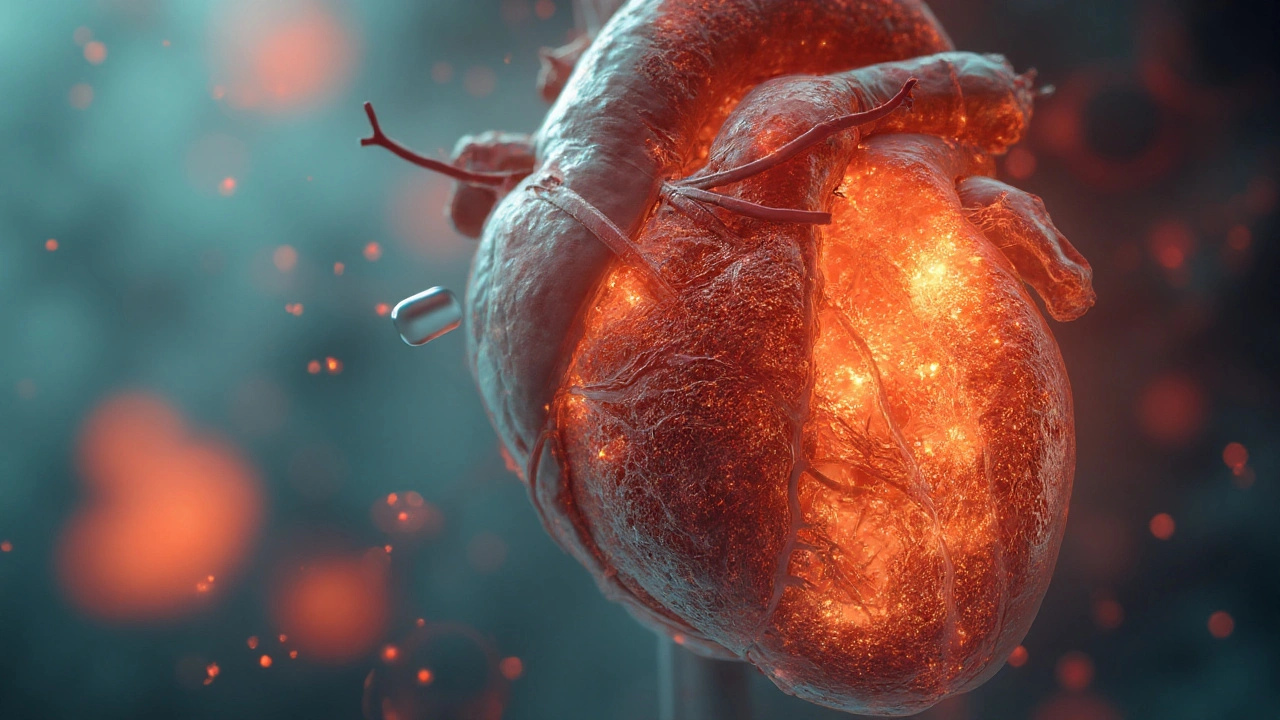When your heart doesn’t get enough oxygen, it hurts — that’s anti-ischemic therapy, a category of treatments designed to reduce heart muscle stress by improving blood flow or lowering oxygen demand. Also known as anti-anginal therapy, it’s not about fixing clogged arteries overnight — it’s about giving your heart breathing room so you can move, breathe, and live without chest tightness. This isn’t just for people with diagnosed heart disease. Many with early-stage coronary issues, unexplained fatigue during activity, or even those recovering from a mild heart event rely on these drugs to stay active.
Anti-ischemic therapy works in two main ways: either by beta-blockers, slowing your heart rate so it doesn’t pump as hard, or by calcium-channel blockers, relaxing blood vessels so more blood reaches the heart. Then there’s ranolazine, a newer option that changes how heart cells use energy, reducing strain without affecting heart rate or blood pressure. You won’t find these in a pharmacy aisle — they’re prescribed because they target the root of the problem, not just the symptom. Unlike aspirin or nitroglycerin, which offer quick relief, anti-ischemic drugs are taken daily to prevent pain before it starts.
What makes this therapy tricky is that it’s not one-size-fits-all. Someone with high blood pressure might do better on a beta-blocker. Someone with diabetes or slow heart rhythms might need ranolazine instead. Calcium-channel blockers often work for older adults or those with leg cramps from poor circulation. The key is matching the drug to your body’s signals — not just your diagnosis. That’s why you’ll see posts here comparing ranolazine to older drugs, checking how atenolol affects bone health, or looking at how stress and anemia can make ischemia worse. These aren’t random articles — they’re real-world checks on how anti-ischemic therapy plays out in daily life.
You’ll find deep dives into how these drugs stack up against each other — cost, side effects, long-term risks, and who benefits most. Some posts look at how lifestyle factors like sleep, diet, or even alcohol interact with these meds. Others explore what happens when anti-ischemic therapy doesn’t work — and what comes next. Whether you’re managing angina, recovering from a procedure, or just trying to understand why your doctor prescribed something that doesn’t feel like a typical heart pill, this collection gives you the straight talk you need — no fluff, no jargon, just what works and why.

Explore how trimetazidine improves heart function in cardiac patients by shifting metabolism, reducing ischemia, and complementing standard therapies.
